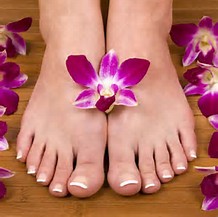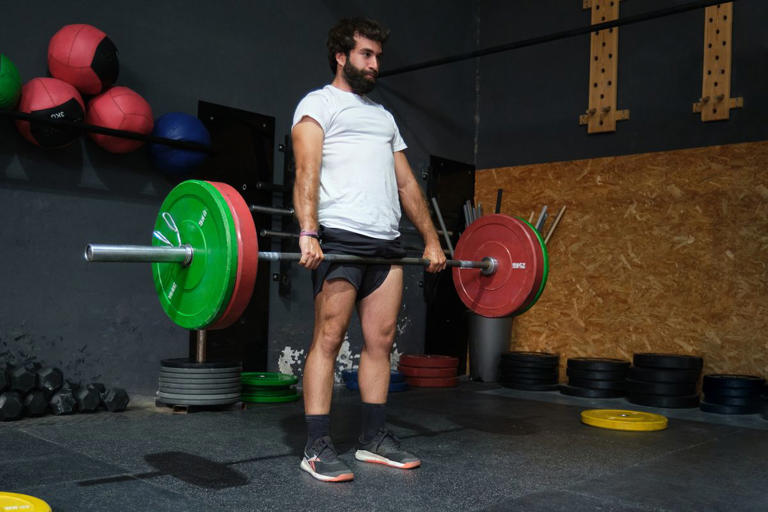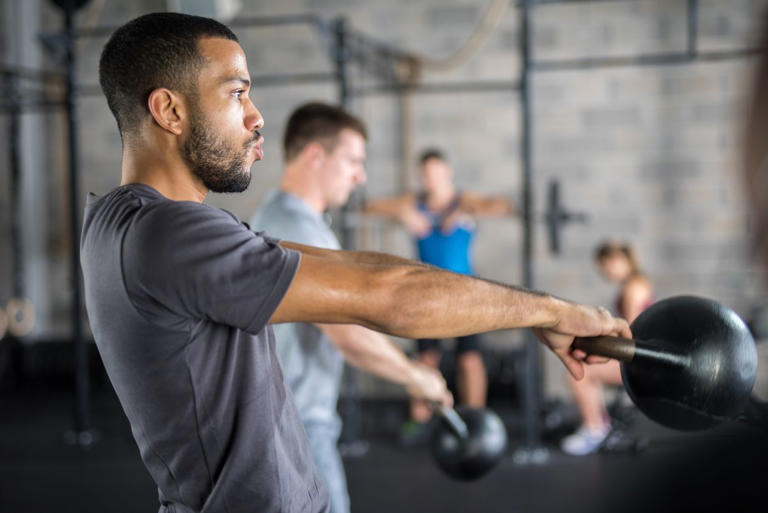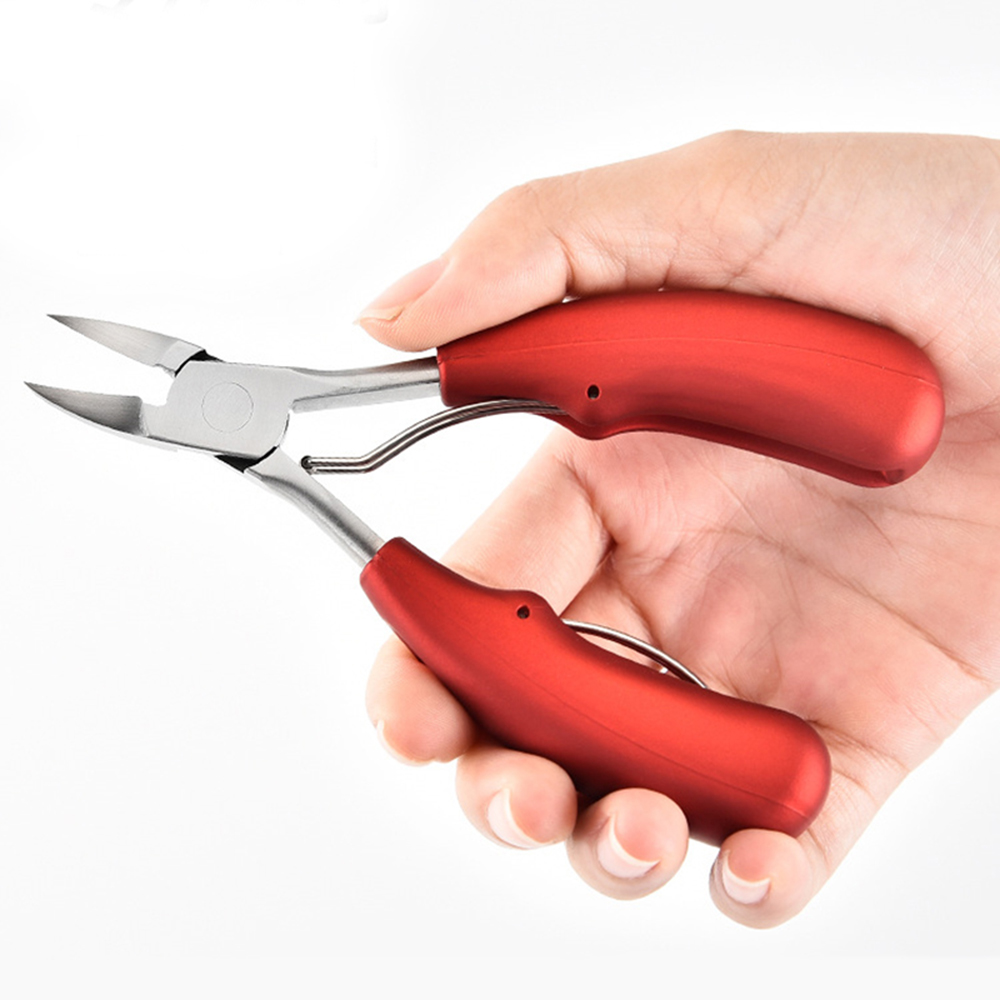This is How Long You Should Rest Between Sets, Whatever Your Training Goal








This is How Long You Should Rest Between Sets, Whatever Your Training Goal
- For a lot of people a rest period means endlessly doom scrolling on their phones, but it really shouldn't. In fact, according to research, what you do during your rest periods could be just as important as your rep and set prescriptions, and by cutting rest short you could be leaving gains on the table.
But how long should you be resting between sets? Below we break down the research so you can decide exactly just how long your recoveries should be.
How Long Should I Rest Between Sets: For Hypertrophy (Muscle Gain)
- The general consensus is that for hypertrophy we should be resting at least two minutes. In a study published in the Journal of Strength and Conditioning Research comparing one minute to three-minutes rest, it was found that when testing one-rep max, there were greater improvements in the longer rest group. The study also found greater increases in muscle thickness in the group that took longer rests.
New evidence published in the same journal found that you should also pay attention to your performance during your sets to gauge how much rest to take. On this concept, researcher Dr. Milo Wolf claims that we should aim for two-minutes rest, and adds that 'If you're not resting for long enough between two sets and the performance of that next set takes a big hit, there's a chance that set became less effective for muscle growth.'
'As a rule of thumb, rest for at least two minutes between sets,' says Wolf. 'Rest long enough to get a solid performance on your next set. Generally if you only see a drop of one or a few reps on the next set, it's a good sign you've rested for long enough.'
- For beginners, two minutes would likely be sufficient however more may be needed. From the current evidence we have available for muscle gains, we can't yet give a definitive answer, however you can aim for:
For muscle gain at least 2 minutes rest is most beneficial. However, tailor this advice to suit your needs and performance during sets.

How Long Should I Rest Between Sets: For Strength & Power
- It seems that for strength improvements, we could all be resting a little longer. Especially for our big compound lifts. A review published by Sports Medicine revealed how multiple studies have supported three-to-five minutes rest as being superior to shorter rest times.
Beginners may not necessarily be lifting the heavier weights necessary for longer rests, although longer rests wouldn't necessarily hurt progress if strength and power is the goal.
For strength gains, a prescription of 3-5 minutes is most beneficial.

How Long Should I Rest Between Sets: For Muscular Endurance
For muscular endurance the research is a little less clear. However, from the evidence we have a available it seems that the rest times can be shorter. Research has concluded that training with short-rest intervals (e.g. 20 seconds to one minute) resulted in better performance during a high-intensity cycle test.
These findings support the use of shorter rest intervals for improvements in muscular endurance.
This makes sense if you are using circuit like training with shorter rest times and lower weights with higher reps.
For muscular endurance, 20 seconds to 1 minute is most beneficial.
- Story by Kate Neudecker: Mens Health UK
Articles - Latest
- A yoga teacher says this five-minute stretch is all you need to maintain flexibility in your spine
- Can't do a deep squat? Use this coach's four-step plan
- 6 Reasons Your Feet Are So Itchy
- Surprising Benefits of Using Bay Leaves on Your Feet
- I run 50 miles a week and this is my go-to 20-minute yoga-for-runners workout to boost my flexibility
- How to do hanging leg raises with perfect form, according to trainers
- The two exercises everyone should add to their strength workouts to see results, according to an expert trainer
- 1 year of heavy strength training could offer 4 years of benefits, study suggests
- Research Has Unveiled How Many Sets You Need to Do to Build Muscle
- I did 50 frog crunches every day for a week — here's what happened to my abs
- 10 physio-approved exercises for runners that will help you build strength and mobility
- Forget sit-ups — this 3-move standing ab workout chisels your abs and obliques
- What to do when plantar fasciitis is so bad you can't walk
- Five exercises better than side bends to sculpt strong obliques
- Forget Russian Twists — this 10-minute stability ball workout targets your abs and glutes
- Professor explains how we are all doing one exercise wrong and it is causing us pain
- Supplies, Description, and Usage - Tech Nails-2
- Supplies, Description, and Usage - Tech Nails
- Exercises for Plantar Fasciitis
- Shoes, insoles and splints: Cushioning and support - Plantar fasciitis
- 10 best bum workouts and 25 bum exercises for a 🍑'ier butt
- The dos and don’ts of running when you’re over 40
- This 30-minute workout can be done from just about anywhere
- I teach stretching routines for a living — 3 exercises that strengthen your hips and open your hamstrings
- Somatic exercise has gone viral promising to lower cortisol levels, ease stress, and boost health - so, does it actually work?
Articles-Popular
- Home
- Calluses and Corns-4-Padding and Insoles To relieve Pressure
- Add Muscle, Build Stamina and Fire up Your Metabolism with Our Three-Move Strongman Circuit
- The two exercises everyone should add to their strength workouts to see results, according to an expert trainer
- Appreciate Your Feet
- Contacts
- Therapy Price List- Aromatherapy - Counselling
- WEB - LINKS
- The Awareness of Foot Care
- Nail Technician Resume
- Join us as a Therapist
- Blisters on the Feet
- Skin Care-Feet
- Galleries
- TCM - Therapy Prices
- Podiatry/Chiropody Price List
- Bacterial Infections
- Nail Technician Job Description
- Itching Skin on the Feet
- Athlete's Foot
- Sweaty or Smelly Feet
- Gallery - Pedicured Feet
- Appointments
- Calluses and Corns - 2
- Skin Changes Associated with Blood Flow






